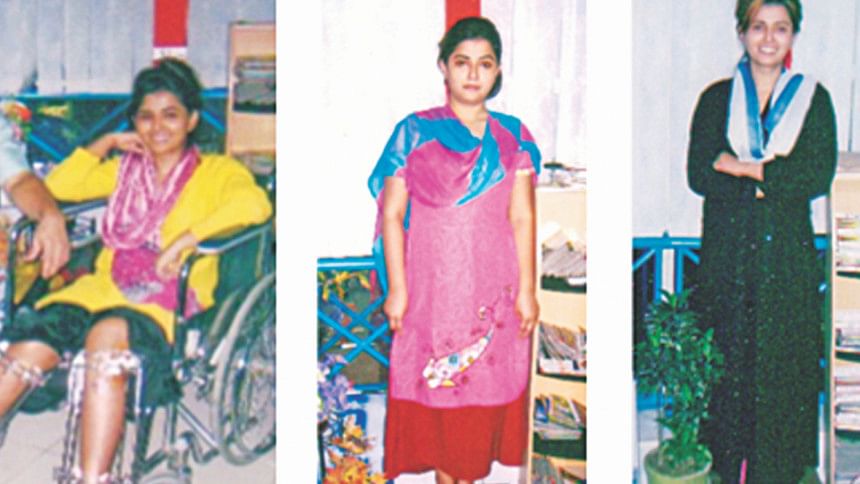Height increase is possible!

A larger set of population with short stature are very unhappy about their height. Patient with psychological state of short stature dysphoria seem to feel an intense need to increase their height. With proper psychological screening we can do stature lengthening. Regarding this, our experience is always positive. Safe and successful height Increase of 2-3.5 inches can be accomplished. The result is an outcome of increased happiness and improved self image.
Most patients with constitutional short stature (CSS) or low normal stature (LNS) require only modest increase in stature compared to the extreme amount of lengthening required by patients with dwarfism. Patients with LNS and CSS also do not usually have deformity with the bones. This is not simply a cosmetic operation. This surgery is done for patients who are really mentally healthy.
Physical examination include height is in measure; range of motion of hips, knee and ankle are recorded; vascular and neurologic examination is performed; LLD or deformity can potentially be corrected during stature lengthening; X-rays are done with femur and tibia (AP and lateral views).
These are measured to uncover any LLD or deformity. Lower extremity lengths and both femur and tibia are measured. Tibia to femur ratio is measured (normal is 0.8) MAD (mechanical axis deviation) and joint orientation angles are recorded.
We strictly follow the Kurgan teaching, the Ilizarov ring fixator for gradual distraction as well as consolidation. This is well established and has been used for the longest time. The main disadvantage is excessive time in frames, soft tissue tethering by wires. The main advantage is that the corticotomy can be done in the metaphyses of tibia.
The usual goal for lengthening for stature for most patients with Ilizarov fixator is 2-3.5 inches. Our preference for tibia lengthening over femoral lengthening is because of several good reasons. First of all, tibial lengthening makes one's leg look longer than femoral lengthening.
The reason for this is that the level of the knees and feet are obvious but the level of the hips is not obvious. When we see long lower legs, we extrapolate that the rest of the person has a normal proportion, which gives the impression that the individual is taller than they really are. Furthermore, wearing short skirts and dresses shows the length of the lower legs but not the thighs; therefore one gets more mileage in apparent increased height from tibial than from femoral lengthening.
Secondly, we prefer tibia lengthening as technically it can be performed in one operation in a reasonable period of time. There is much less blood loss in tibial lengthening. Thirdly, we prefer bilateral tibial rather femoral lengthening is that it is much easier and better tolerated to have two Ilizarov ring fixator on both the legs than on both thighs.
The writers is a Reconstructive Surgeon at Bari-Ilizarov Orthopaedic Centre, Dhaka. E-mail: [email protected]

 For all latest news, follow The Daily Star's Google News channel.
For all latest news, follow The Daily Star's Google News channel. 



Comments